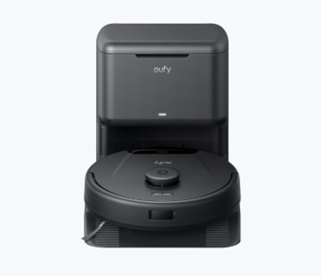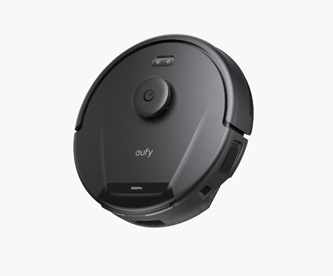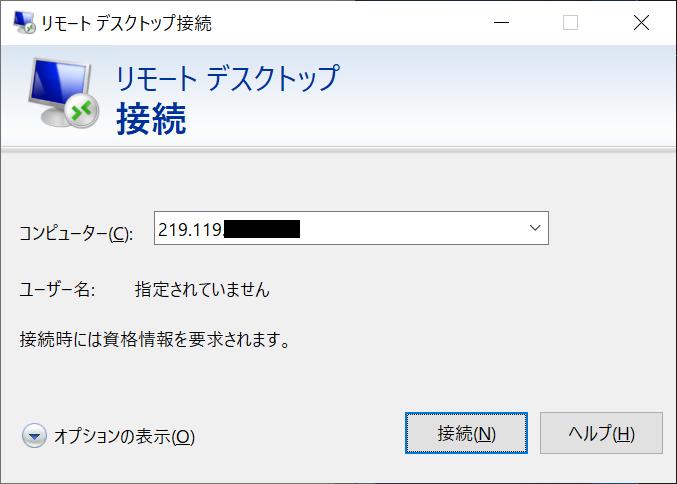A robot vacuum is a valuable home assistant, saving time and effort by keeping floors clean with minimal supervision. However, like any smart device, it requires regular upkeep to perform at its best. Without proper maintenance, dust buildup, clogged filters, and worn-out parts can reduce efficiency and shorten its lifespan. By following simple care routines, you can maximize your vacuum’s performance and avoid costly repairs. This guide provides practical maintenance tips, covering everything from dustbin management to battery optimization, ensuring your robot vacuum remains a reliable cleaning partner for years to come.

Regular Cleaning and Maintenance
Emptying the Dustbin
The dustbin is a crucial component of your robot vacuum, and keeping it clean ensures uninterrupted suction power. It’s best to empty it after every cleaning session, as a full dustbin can block airflow and reduce efficiency. If left unchecked, accumulated debris may cause malfunctions or lead to unpleasant odors. Wipe the dustbin with a damp cloth periodically to remove residual dirt. If your model has a washable dustbin, rinse it with water and let it dry completely before reinserting. A clean dustbin improves performance and helps maintain strong suction power.
Cleaning Brushes and Wheels
Hair, dust, and debris tend to wrap around the brushes and wheels, affecting the vacuum’s ability to clean efficiently. At least once a week, remove the main brush and side brushes to clear any tangled fibers or trapped dirt. Use a cleaning tool or scissors to cut through hair buildup. For the wheels, wipe them down with a dry or slightly damp cloth to prevent dirt from hardening and obstructing movement. Keeping these components clean ensures your vacuum navigates smoothly and picks up debris effectively without struggling.
Replacing Filters
Filters play a vital role in trapping fine dust, allergens, and pet hair, but they become clogged over time. To maintain your vacuum’s suction and indoor air quality, check the filter regularly and replace it every 2-3 months or as recommended by the manufacturer. Some filters are washable—if yours is, rinse it gently with water and let it dry completely before reinstalling. Never operate your vacuum with a clogged filter, as this can reduce airflow and cause overheating. Regular filter maintenance keeps your home cleaner and extends the life of your vacuum.
Battery Care and Optimization
Proper Charging Practices
Your robot vacuum’s battery requires proper care to sustain long-term efficiency. Avoid leaving it plugged in indefinitely, as overcharging can degrade battery performance. Unplug the charger once the vacuum is fully charged and allow it to cool down before using it again. It’s also advisable to avoid completely draining the battery, as deep discharges can shorten its lifespan. If possible, recharge it when the battery level drops to around 20-30%. Following proper charging habits helps extend battery longevity and ensures your vacuum runs optimally with each cleaning cycle.
Storage Recommendations
Proper storage is essential, especially if you won’t be using your robot vacuum for an extended period. Before storing, charge the battery to around 50% to prevent degradation. Keep the vacuum in a cool, dry place, away from direct sunlight or high humidity. Avoid placing it where the wheels bear continuous weight, as this can cause deformation. If storing for months, recharge it occasionally to maintain battery health. When ready to use it again, check all components, including the brushes and sensors, to ensure they are clean and fully operational.
Software Updates and Environment Preparation
Updating Firmware
Manufacturers regularly release firmware updates that improve performance, enhance navigation, and fix potential bugs. To ensure your robot vacuum runs efficiently, check for software updates at least once a month through the app or manufacturer’s website. Updating your vacuum’s firmware can introduce new features, optimize battery management, and improve cleaning patterns. Ignoring updates may cause performance issues over time, so staying current with the latest software ensures your vacuum operates at peak efficiency and adapts to evolving home environments.

Preparing Your Home for Optimal Performance
A clutter-free space allows your robot vacuum to clean efficiently with fewer interruptions. Before starting a cleaning cycle, remove loose objects, cords, and rugs with long tassels that may get tangled in the brushes. Close off rooms that don’t need cleaning and clear pathways to prevent navigation errors. Placing furniture strategically can also help guide the vacuum into hard-to-reach areas. A well-prepared environment reduces the chances of the vacuum getting stuck and ensures maximum coverage, leading to a more thorough cleaning session.
Conclusion
Taking care of your robot vacuum through regular maintenance helps extend its lifespan and keeps it running at peak performance. Simple habits like emptying the dustbin, cleaning the brushes, replacing filters, and following proper charging practices can significantly improve efficiency. Keeping the software updated and preparing your home properly also ensures smoother operation. Investing a little time in these upkeep routines prevents breakdowns, reduces repair costs, and allows your vacuum to provide reliable cleaning assistance for years. With proper care, your robot vacuum will continue keeping your floors spotless with minimal effort.

![Lenovo's 8.8 inch one-handed tab "Legion Y700" full specs released! [Is the price in the 40,000 yen range?]](https://website-google-hk.oss-cn-hongkong.aliyuncs.com/drawing/article_results_9/2022/3/9/207e1be231154e91f34c85b4b1d2126c_0.jpeg)
![EVsmart blog Toyota's electric car "bZ4X" that makes you feel comfortable with electric cars and quick chargers / No% display of battery level [Editorial department] Popular articles Recent posts Category](https://website-google-hk.oss-cn-hongkong.aliyuncs.com/drawing/article_results_9/2022/3/9/752542064665dc2bd7addbc87a655694_0.jpeg)

